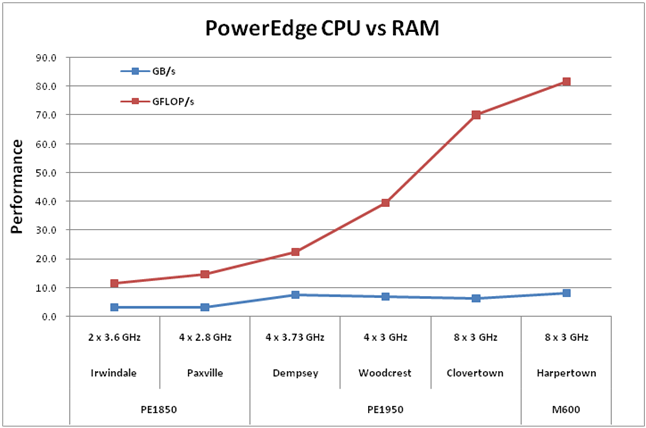Processor vs Ram
Summary: Difference Between Processor and Ram is that processor also central processing unit (CPU), interprets and carries out the basic instructions that operate a computer. While RAM, also called main memory, consists of memory chips that can be read from and written to by the processor and other devices.

Processor
The Processor also central processing unit (CPU), interprets and carries out the basic instructions that operate a computer. The processor significantly impacts overall computing power and manages most of a computer’s operations. On a personal computer, all functions of the processor usually are on a single chip. Some computer and chip manufacturers use the term microprocessor to refer to a personal computer processor chip.
Most processor chip manufacturers now offer multi-core processors. A processor core contains the circuitry necessary to execute instructions. The operating system views each processor core as a separate processor. A multi-core processor is a chip with two or more separate processor cores. Two common multi-core processors are dual-core and quad-core. A dual-core processor is a chip that contains two separate processor cores. Similarly, a quad-core processor is a chip with four separate processor cores.
Each processor core on a multi-core processor generally runs at a slower clock speed than a single-core processor, but multi-core processors typically increase overall performance. For example, although a dual-core processor does not double the processing speed of a single-core processor, it can approach those speeds. Multi-core processors also are more energy efficient than separate multiple processors, requiring lower levels of power consumption and emitting less heat in the system unit.
RAM
Users typically are referring to RAM when discussing computer memory. RAM (random access memory), also called main memory, consists of memory chips that can be read from and written to by the processor and other devices. When you turn on power to a computer, certain operating system files (such as the files that determine how the desktop appears) load into RAM from a storage device such as a hard disk. These files remain in RAM as long as the computer has continuous power. As additional programs and data are requested, they also load into RAM from storage.
The processor interprets and executes a program’s instructions while the program is in RAM. During this time, the contents of RAM may change. RAM can hold multiple programs simultaneously, provided the computer has enough RAM to accommodate all the programs. Most RAM is volatile, which means it loses its contents when the power is removed from the computer. For this reason, you must save any items you may need in the future. Saving is the process of copying items from RAM to a storage device such as a hard disk.
Three basic types of RAM chips exist: dynamic RAM, static RAM, and magnetoresistive RAM.
- Dynamic RAM (DRAM pronounced DEE-ram) chips must be re-energized constantly or they lose their contents. Many variations of DRAM chips exist, most of which are faster than the basic DRAM.
- Static RAM (SRAM pronounced ESS-ram) chips are faster and more reliable than any variation of DRAM chips. These chips do not have to be re-energized as often as DRAM chips, thus, the term static.
- A newer type of RAM, called magnetoresistive RAM (MRAM pronounced EM-ram), stores data using magnetic charges instead of electrical charges. Manufacturers claim that MRAM has greater storage capacity, consumes less power, and has faster access times than electronic RAM.
RAM chips usually reside on a memory module, which is a small circuit board. Memory slots on the motherboard hold memory modules.
Also Read:
Difference Between Cache and RAM
Difference Between DRAM and SRAM







Leave a Comment
You must be logged in to post a comment.